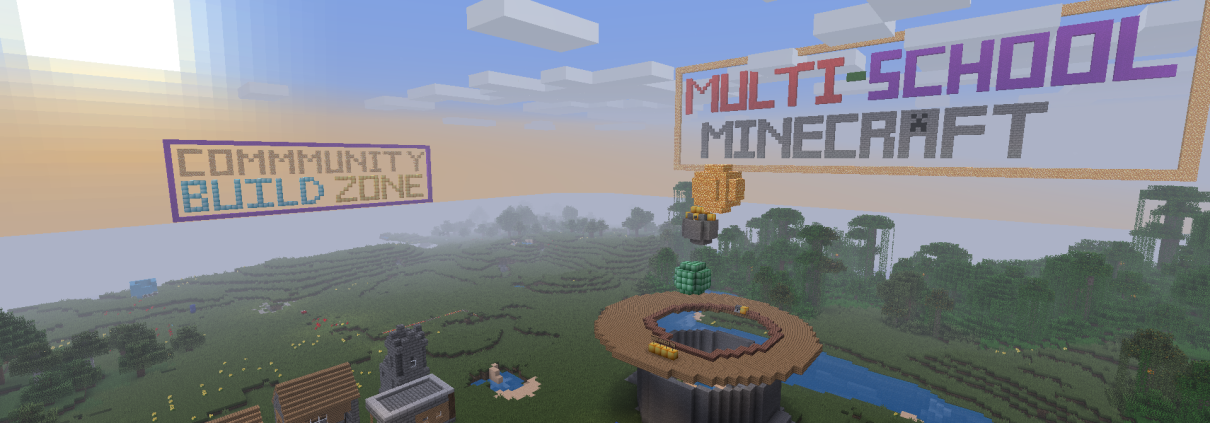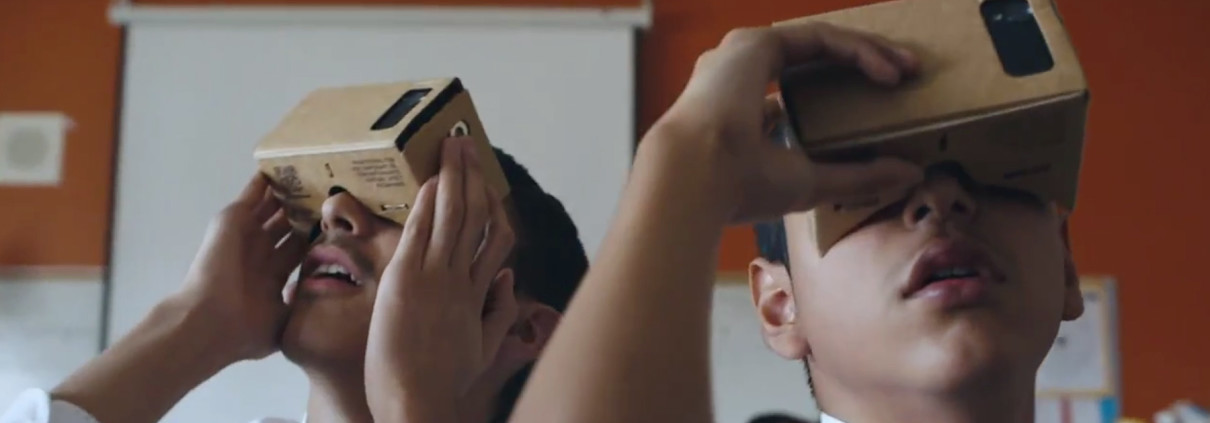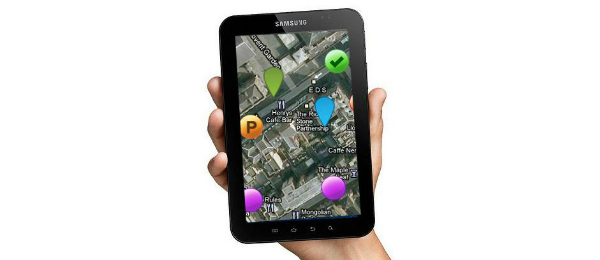Video Game + PBL + English Class = Fun
Summer is over. I hear the sad trumpets echoe in the cloudy sky of a rainy day that this news carries while reaching every single fellow teacher. But this shouldn’t mean fun is over at all! As a friend of mine wrote in his thesis “let the games begin”.
Gamefication is hype. Teachers have finally realized that making some activities into games can be a fun way and also effective for language learning, for kids are crazy about games. If this game is any sort of video game, they will certainly ignore everything around them and they will focus 120% on the game – I speak for myself because my girlfriend always complains whenever I get a hold of my PS3. Using video games can also be a great experience forthe English classes we design so that we work the Project-based Learning approach (PBL). In addition to having students work ipfor a ling period, they will certainly become more motivated and excited to perform the assigned task.
Video game won’t actually teach English itslef, the great insight here is to use electronic games in English classes to make the student use their linguistic knowledge and apply it when playing, as James Paul Gee stated (2005). In the online course for teacher we offer – still on progress – we talk thoroughly about how to design PBL activities, but it is worth to remember the importance video games have in the learning process of our students. “Nothing happens until a player acts and makes decisions” (Gee, 2005: 34). This is the background for activities that involve video games and more precisely the application of PBL with these games even in the classroom, which means making our students use their language knowledge to take decisions, create and perform tasks. Before applying a PBL we need to have a well-structured lesson plan where the environment for communication in English already exists and is familiar to students so that information exchange and knowledge sharing happen. Language is a type of knowledge that we acquire and interaction with other students that are working on a similar project enrich the process of language acquisition as they pair up or gather in groups to work inside the classroom according to what you established in your lesson plan.
Maybe you haven’t heard of this game before, but your students have…. for sure. Minecraft. This game has been catching everyone’s attention and it has also been hooking up the kids’ time becoming a worldwide big hit even for some adults. Minecraft is a game available for PS3, Xbox, mobile, PCs and it consists of using a strategy to reach a pre-established goal. You have to stock up blocks to create a world that you imagine and according to the game’s play mode (survival, creative, spectator, hardcore) you need to build things that are determined by the game so you don’t lose. In our English classes we can create a project which students play Minecraft in survival mode and as the game offers guidelines so they continue their project, some lexicon can be drilled, i.e. we teachers play the game beforehand to get to know it and note possible words to present to our students in the classroom before we start the project. When they face unknown words, they look them up and bring the definition to the classroom.
There is also room to work out our students’ speech so they present what they have built and the reason to do so. This means, through this presentation students will have the opportunity to use the words they looked up and to tell their accomplishments in the target language. Thus, we will have the needed motivation for our students to learn English as a second language and the video game become our ally, not to mention that the game itself is really cool. The educational bias that Minecraft has is such that an educational version of the game was released a couple of months ago with special features that can be used in the classroom and, why not, in our English classes. We can also find other ideas to be replicated or improved on their website. Maybe even lesson plans for other subjects that can be adapted to our English classes.
Vacation must be over, but the fun must go on. Surprise your students with this PBL activity that involves technology right now for the beginning of the semester. They’ll love it.









